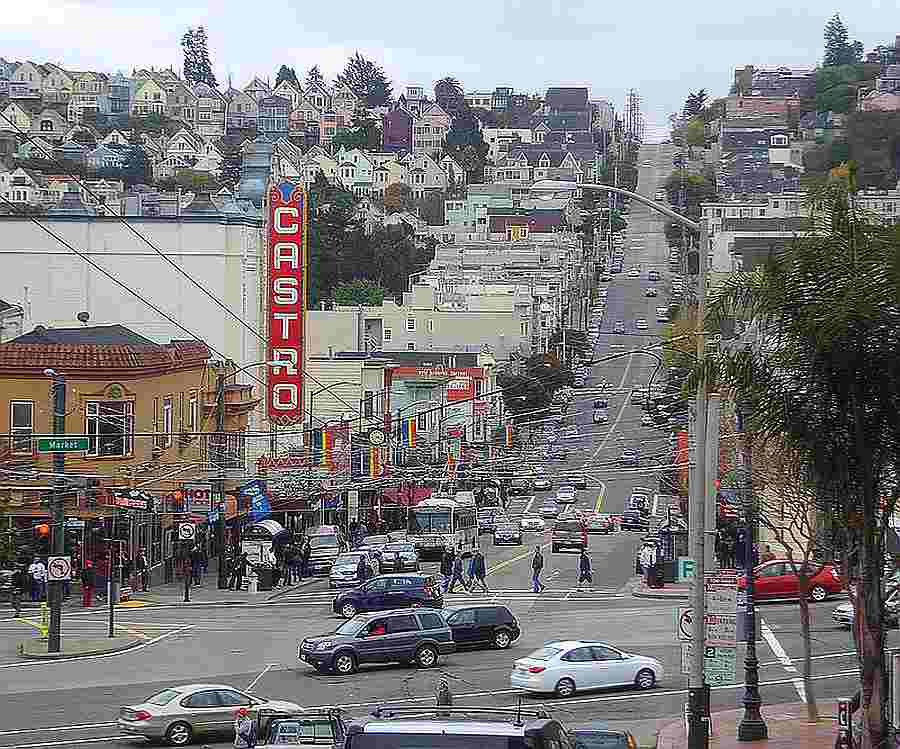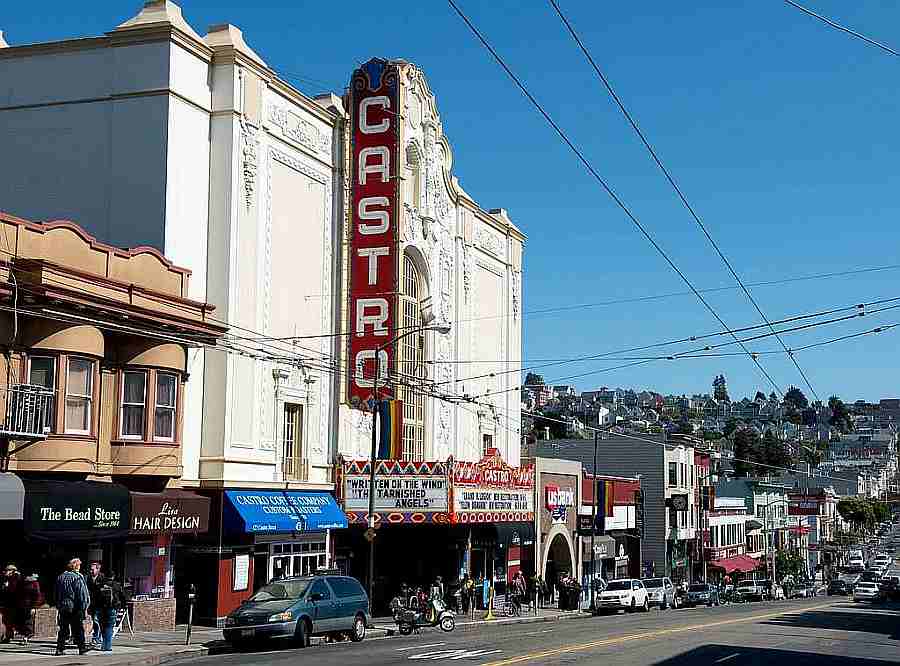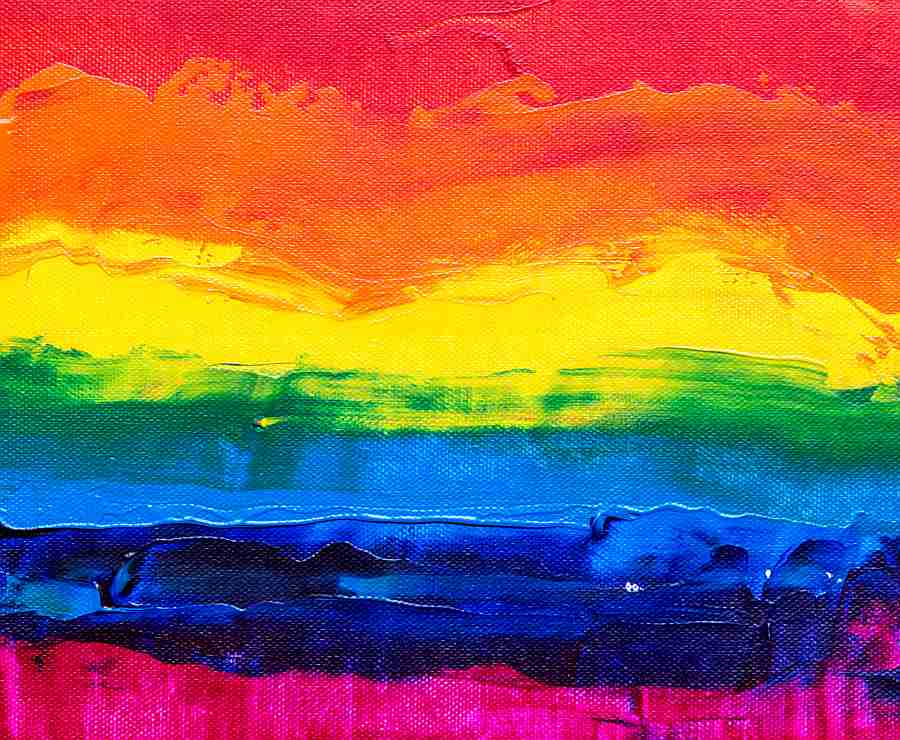Castro District, San Francisco |
The Castro District: San Francisco's Beating Heart of LGBTQ Pride |
| The Castro District, commonly referred to as the Castro, is a neighborhood in Eureka Valley in San Francisco. The Castro was one of the first gay neighborhoods in the United States. Having transformed from a working-class neighborhood through the 1960s and 1970s, the Castro remains one of the most prominent symbols of lesbian, gay, bisexual, and transgender (LGBT) activism and events in the world. |
 |
| Today, the Castro district is home to stylish clothing outlets, the Human Rights Campaign store, adult content shops, cafes, and restaurants. During the day, the streets bustle with activity. At night, Castro's numerous bars are packed and bursting with energy. Whenever you choose to go to the Castro, there will never be a dull moment. |
 |
| San Francisco's gay village is mostly concentrated in the business district that is located on Castro Street from Market Street to 19th Street. It extends down Market Street toward Church Street and on both sides of the Castro neighborhood from Church Street to Eureka Street. Although the greater gay community was, and is, concentrated in the Castro, many gay people live in the surrounding residential areas bordered by Corona Heights, the Mission District, Noe Valley, Twin Peaks, and Haight-Ashbury neighborhoods. Some consider it to include Duboce Triangle and Dolores Heights, which both have a strong LGBT presence. |
 |
| The Castro is a "thriving marketplace for all things gay" meaning the area caters to people who identify with LGBT culture and other associated meanings to the word gay.There are cafes, the Castro Theater, and many businesses that cater to or openly welcome LGBT consumers.
These establishments make the Castro an area of high spending and lead to high tourist traffic. In addition to the city's locals, people travel to visit the shops and restaurants as well as the events that take place, such as the Castro Street Fair. Events such as the fair drum up business for the community and bring in people from all over the nation who visit solely for the atmosphere the Castro provides.
People who do not necessarily feel comfortable expressing themselves in their own community have the freedom to travel to places such as the Castro to escape the alienation and feel accepted. There is a sense of belonging and acceptance that is promoted throughout the district. |
| |
 |
| |
 |
|
|
|
|
